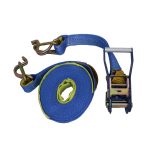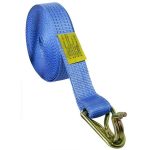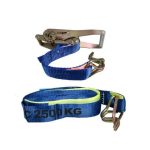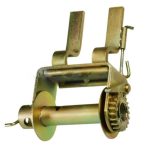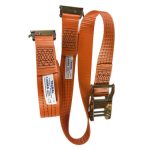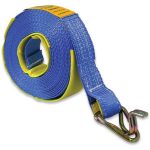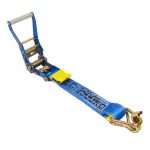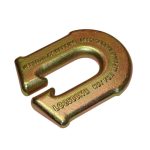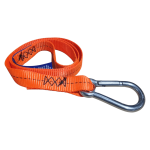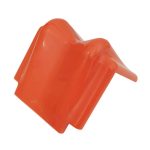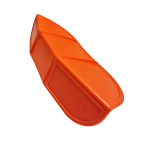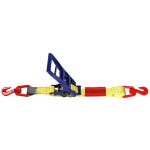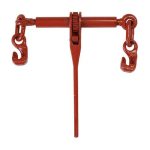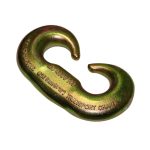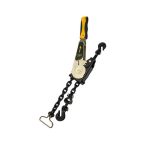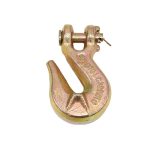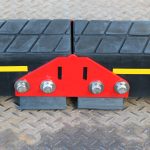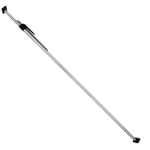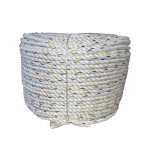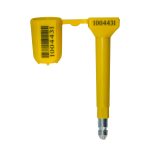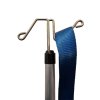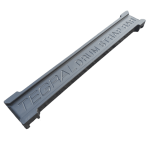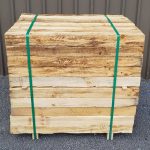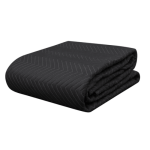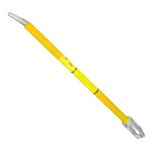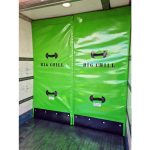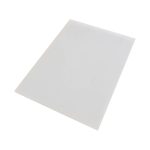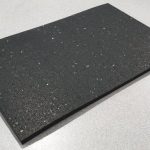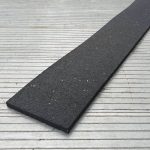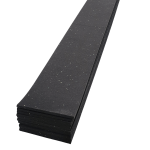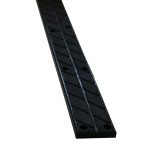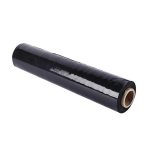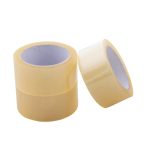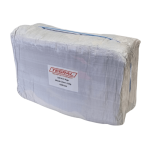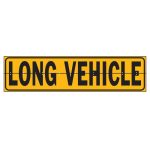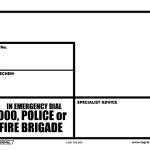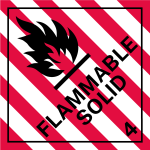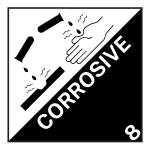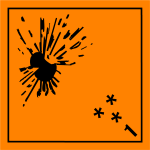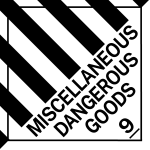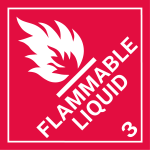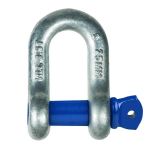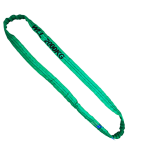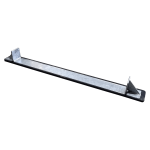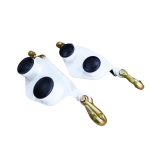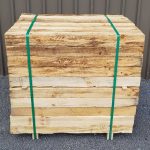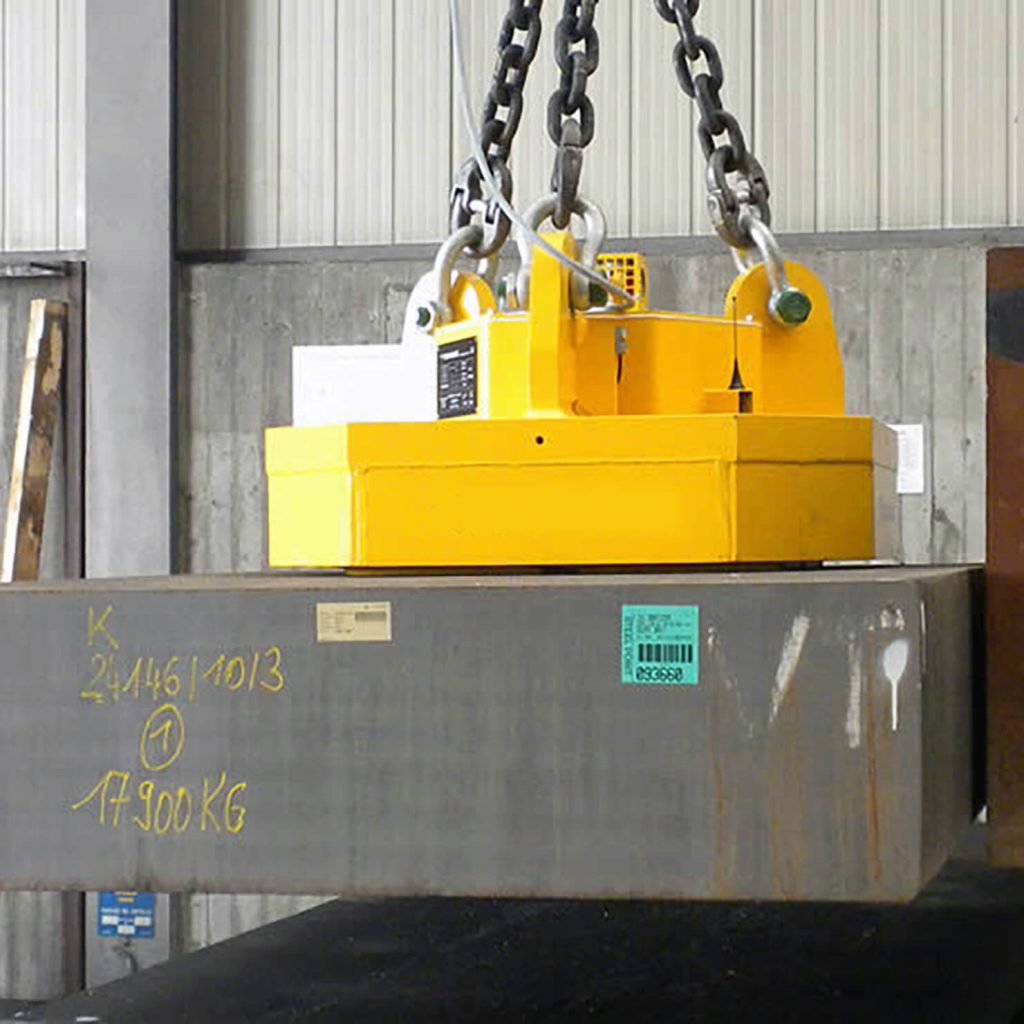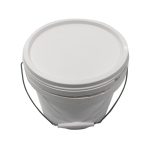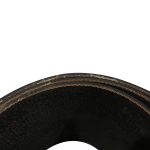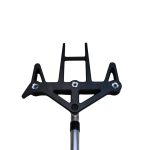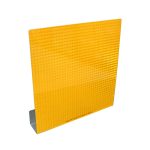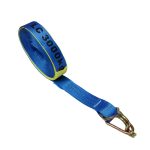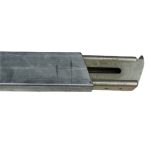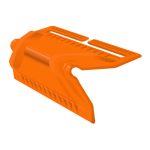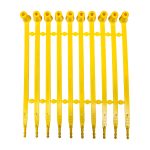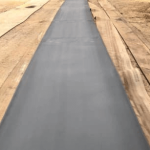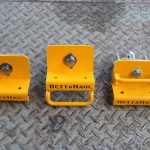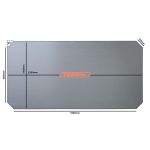As a detachable component for connecting wire rope, chain, and other fittings, shackles are a common piece of equipment utilised across the hoisting & transport industry. Tegral stocks a range of screw shackles, both bow and dee type, to help your operation run effectively.
Bow Shackles
A bigger, broader, bow-shaped body can be found on bow shackles. Bow shackles are better than their Dee counterparts as they can also accommodate wider lifting slings than the narrower Dee Shackle variants. This reduces the ‘pinching’ and ‘bunching up’ of the slings which causes wear. The compromise for these advantages is a lower overall weight tolerance than an equivalent Dee Shackle, provided the lifting with the Dee Shackle is done strictly inline.
D Shackles
Due to the narrower bow construction on the Dee Shackle, it is recommended for in-line lifting and lashing restraints. However, where sideloading (in which the lifting being done is not necessarily completely vertical), bow shackles have the superior ability as their broader bow can facilitate a larger angle of spread of lifting slings. The centerline of the load must always match the centerline of the shackle when utilising a chain shackle.
Different types of pins
When picking the right sort of pin to be used for the shackle, you must carefully consider which pin you will be using with your application. Reason-being, certain categories of pins are designed to be used for overhead lifting; while some pins are great for pick-up and lift that could be readily attached and removed, others are more suitable for more enduring usage.
Screw Pin Shackles
These shackles feature a pin that is inserted into the shackle’s base and fastened. Screw pin shackles are effective for rigging that is used for raising and repositioning installations or when slings and other gear are frequently adjusted since they are straightforward and quick to attach to and detach. In locations where side loading and multiple-leg sling systems are available, screw pin shackles can also be utilised.
Therefore, it is important to recognise the decrease in WLL for use in side-loading scenarios. When utilising a screw pin shackle, the shoulder must be in contact with the shackle’s body and the strings of the screw pin must be firmly closed.
Bolt Type Shackle
By combining a bolt and nut next to a cotter pin, a bolt-type shackle can be employed as a rigging component while still offering additional protection. These shackles can be utilised in any application that calls for a screw pin or a round pin that holds steady even when the shackle is subjected to force or movement.
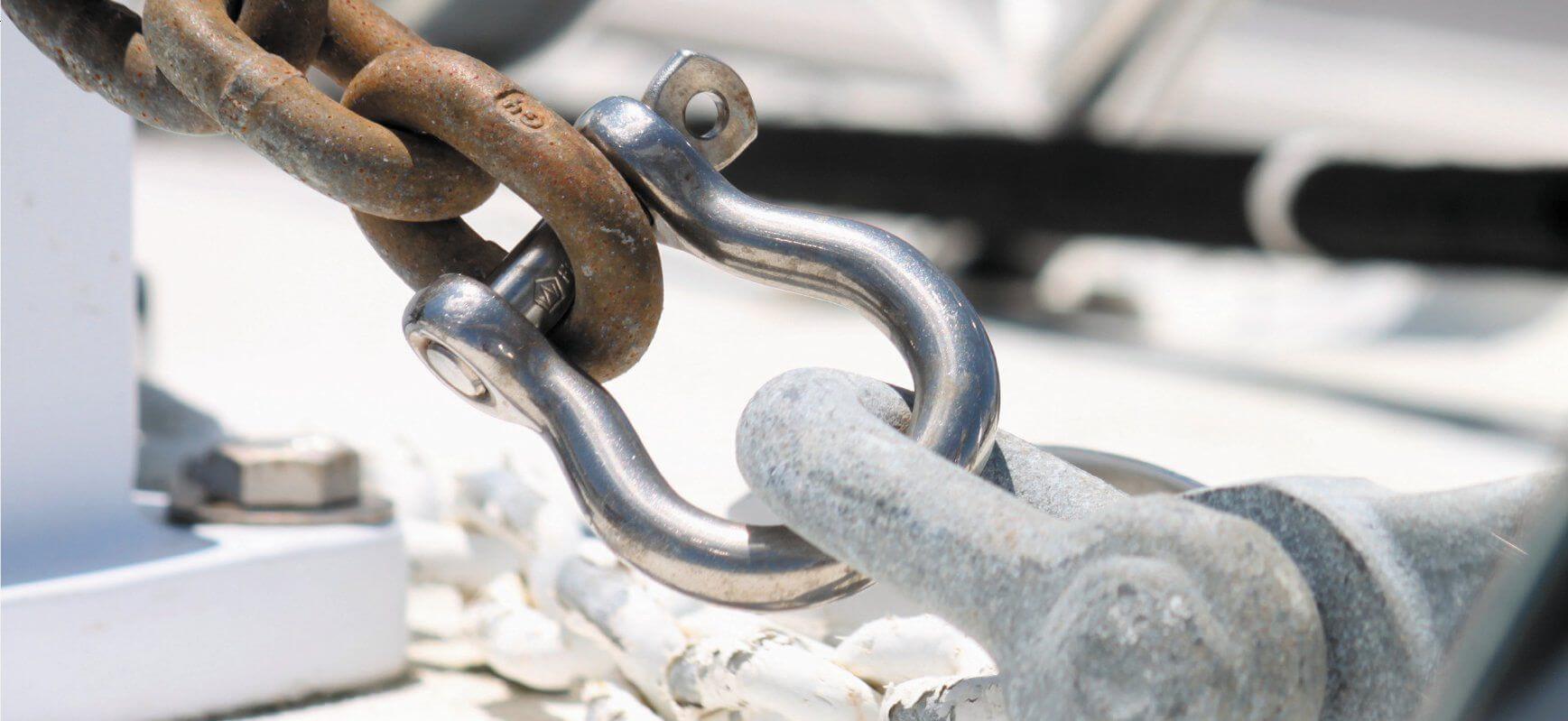
Some Do’s & Don’ts of Shackles.
Dos:
- Perform a visual inspection of shackles before starting any lift (as required by law.)
- Pay close attention to the manufacturer specifications for a reduction in safe working capacities when operating under any degree of side load.
- To connect multiple sling legs to the body of the shackle, and never to the pin itself.
- Make sure you’re using the correct size of shackle for the hook or sling straps being attached.
Don’ts:
- Perform the lift if any shackle fails to meet the required safety standards or appears to show signs of excessive wear
- Run a strap or sling body over a screw-type shackle pin, as it can move under load and eventually back the pin out of its threading.
To meet your application, Tegral provides a wide selection of every type of shackle available. You can browse our selection of shackles here. Enquire us at sales@tegral.com.au or give us a call at 1300 159 809.




